Artists are becoming more and more technical when it comes to lighting. Today we would like to take a closer look at the differences between daylight and nightlight in terms of photography.
Depending on the atmosphere, light colour can change throughout the day. When the sunlight reaches the Earth and the amount of air appears on the height of the sun above the horizon. During the day, there is only one primary light source and most daytime images can be easily balanced (in terms of colour) for it.
At night we can find many sources of light. Each of them has its own unique temperature and colour balance, these differences can be used to create subtle variations of the same view. Our brain alongside our own ‘lenses’ (eyes) can create extraordinary visions by compensating for the different levels of brightness that we see. Our brains have the ability to adapt to the various colour temperatures of city lighting (mainly street lamps) which we mostly perceive as neutral. If we see different types of lights adjacent to each other, the colour differences become more obvious to us. This happens because our irises constantly expand and contract based on the brightness of what we see in front of us.
Times of the day
We will show you one of the most powerful factors that can influence natural light when capturing a subject during most of the day. Depending on a number of factors, the relative amount of each component changes. This provides a general illumination with a different white balance or contrast. We’ll start with the astronomical noon (when the sun is highest), then see what happens when the day progresses into sunset or sunrise.
Noon
The lighting found at noon consists of mainly direct, downward projected light. Such light has little chance of being dispersed in the atmosphere or reflected by the ground and indirect lighting of the object. It creates the most difficult and neutral lighting at any time of the day and is usually the least desirable type of natural light.
Because of these defects, photographers often postpone taking their shots way too often and potentially miss out on fantastic opportunities. Water, for example, may appear more transparent because the light penetrates deeper into it and direct reflections from the surface become less likely.
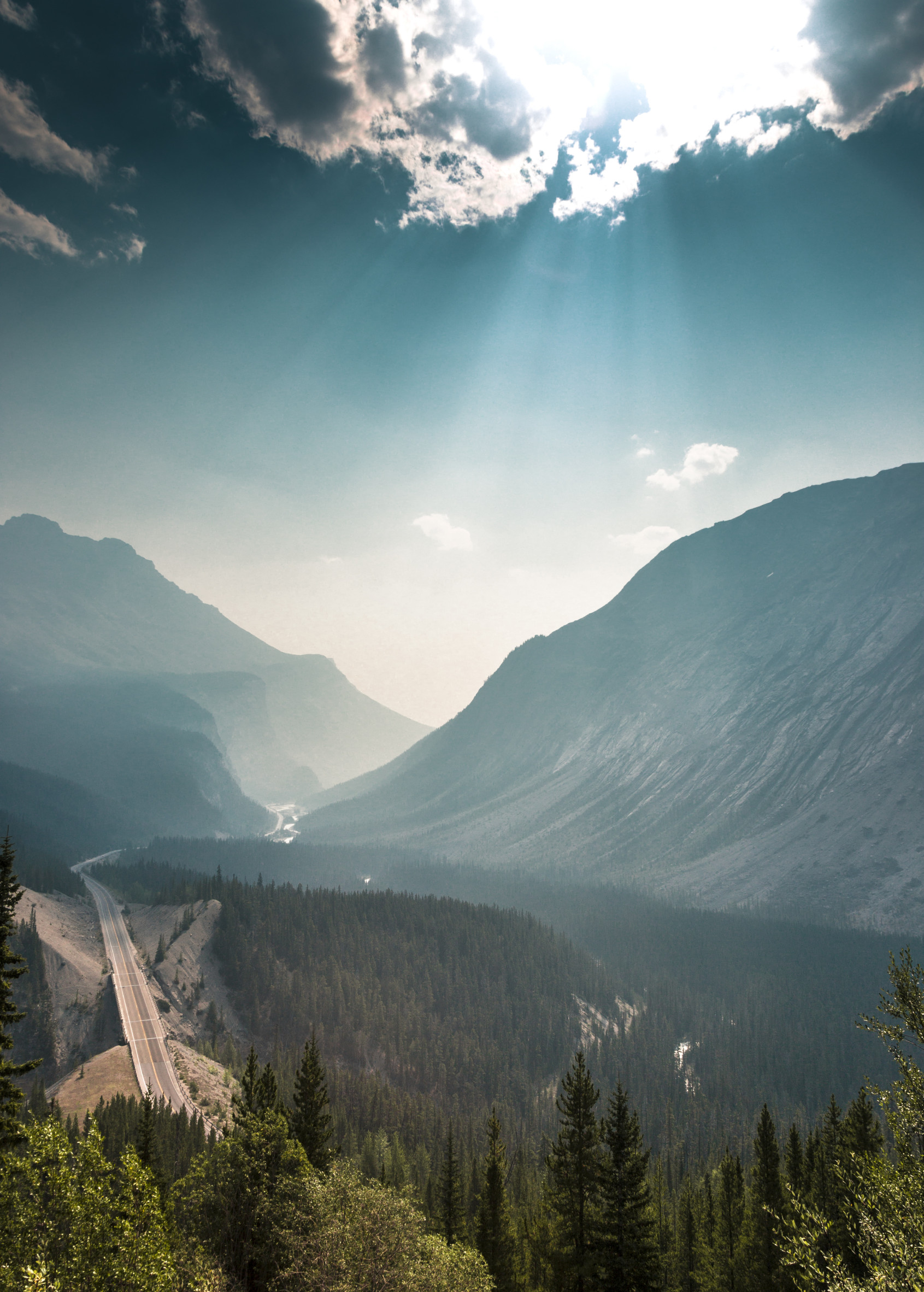
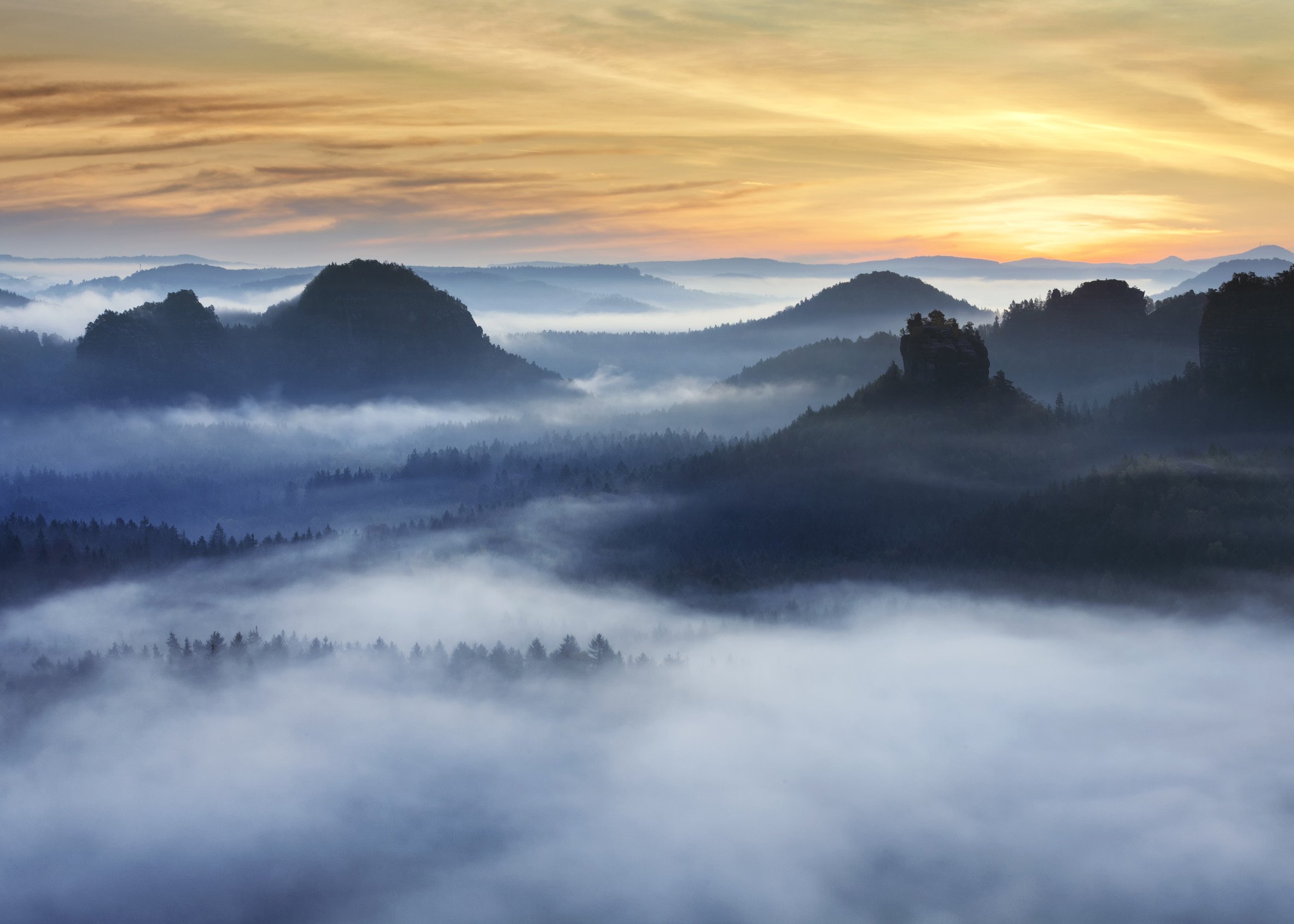
Midday
A little after midday, the sun dips closer to the horizon. in the evening and mid-morning the results have less contrast because the sunlight must penetrate more of the atmosphere and reflect the ground in the direction of an object. In addition, the atmosphere selectively filters more blue sunlight, resulting in generally warmer light. The evening and the morning have probably the most discredited lighting: it is not as neutral as noon time, but also not as warm and intense as a sunset.
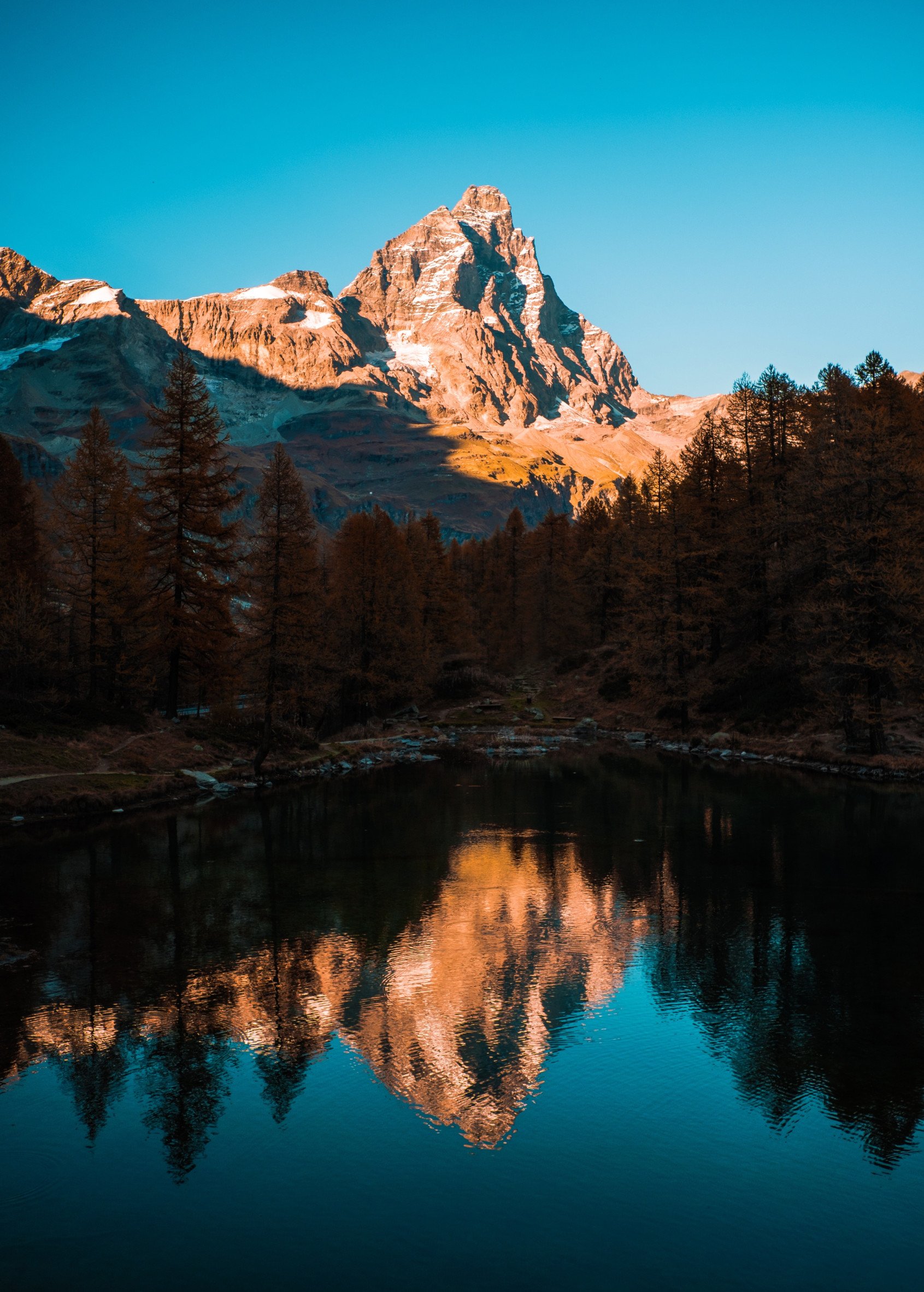
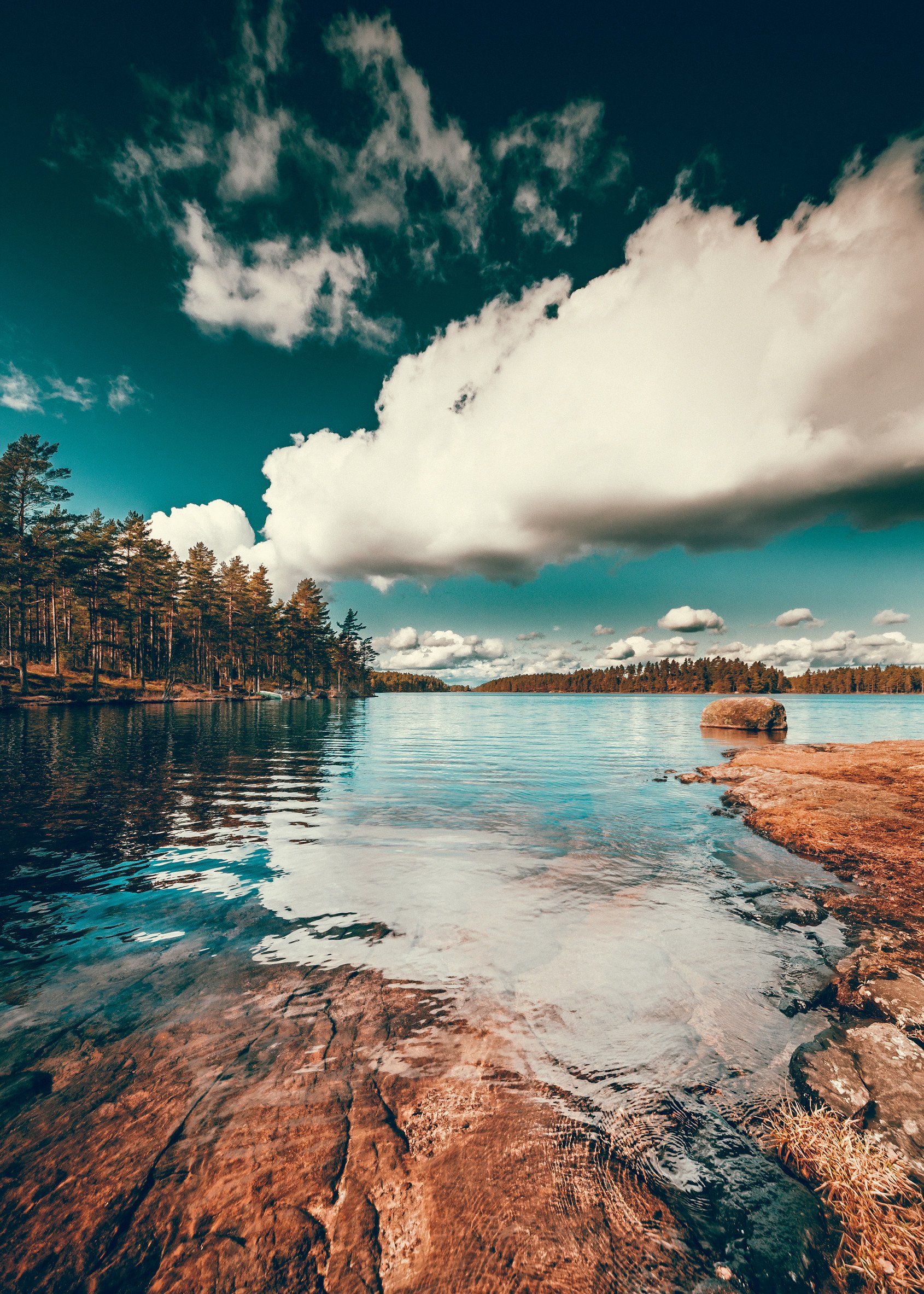
Golden Hour
An hour before sunset and the time just after sunrise is referred to as “golden hour”. This is generally considered the most desirable time in terms of light for photography. It is very specific because of its horizontal light that casts long shadows and gives objects a very warm glow.
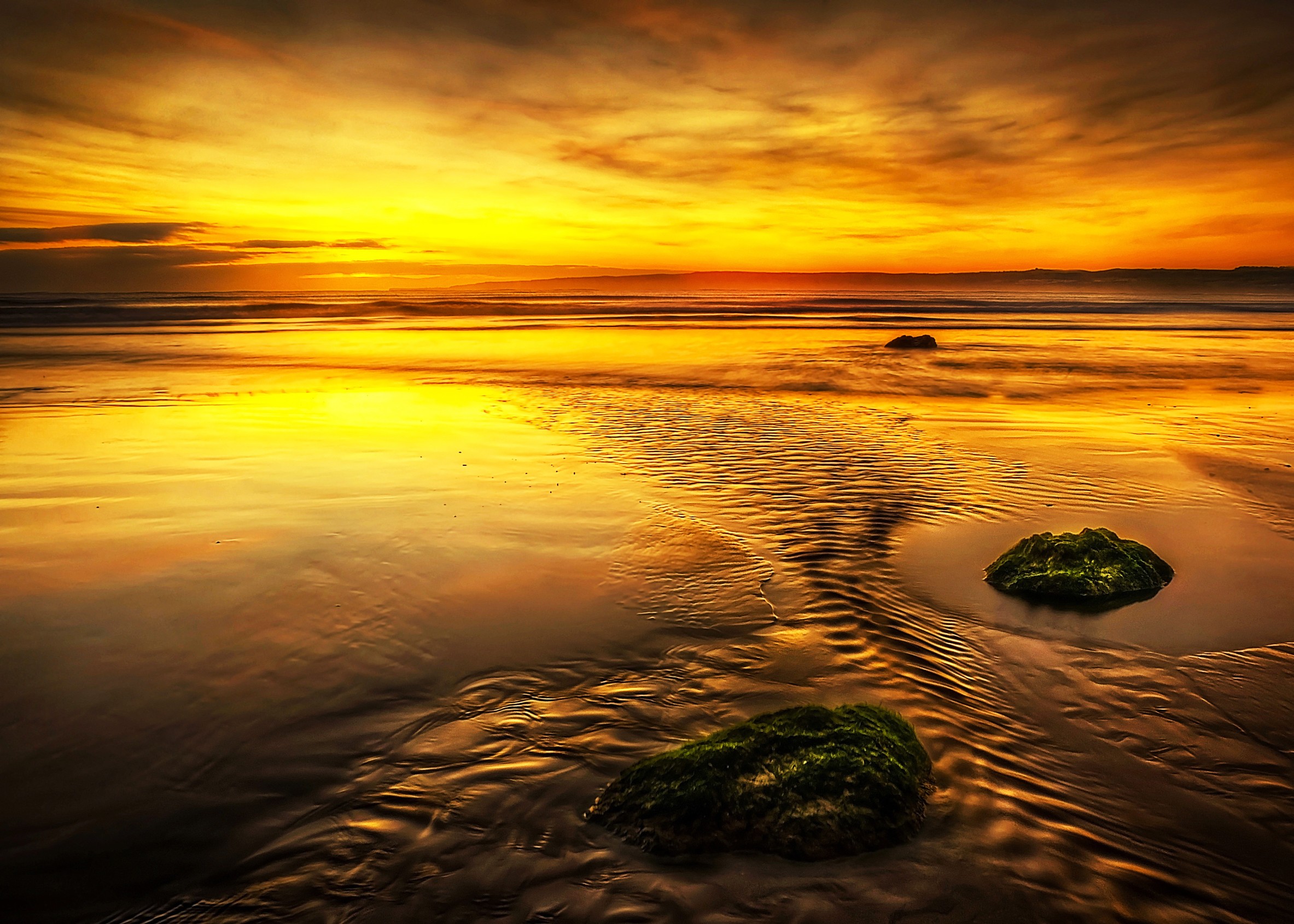
Dusk, dawn and twilight
Dusk, dawn and twilight usually describe the time of day half an hour before sunrise or after sunset. The sky is still clear but there is no direct sunlight. The main light source comes from heaven above. On the one hand, it seems warm and reddish, while on the other it can seem like a cool blue or perhaps even purple. This gives us an amazingly soft, multicolored light creating a quiet, peaceful atmosphere.
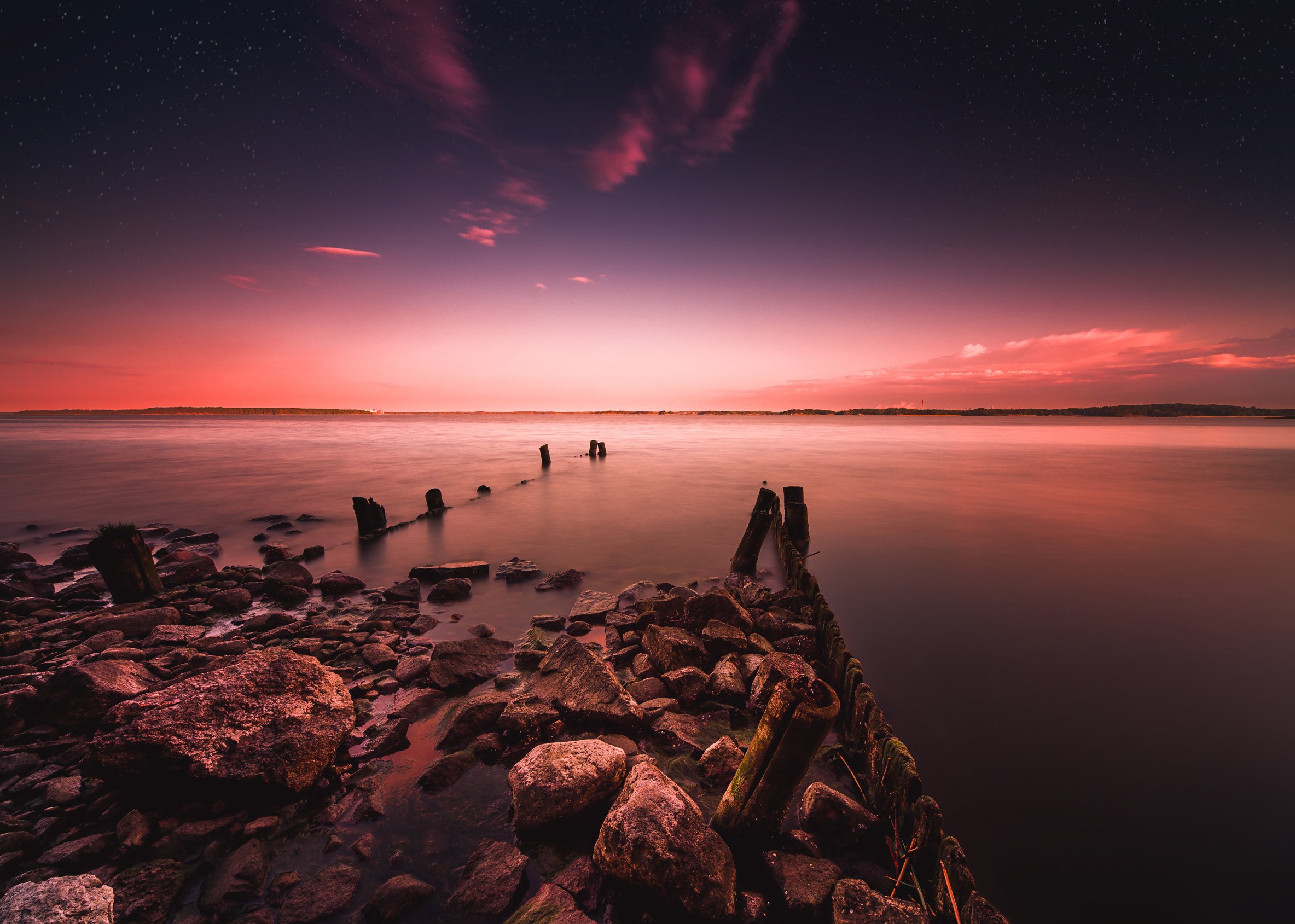
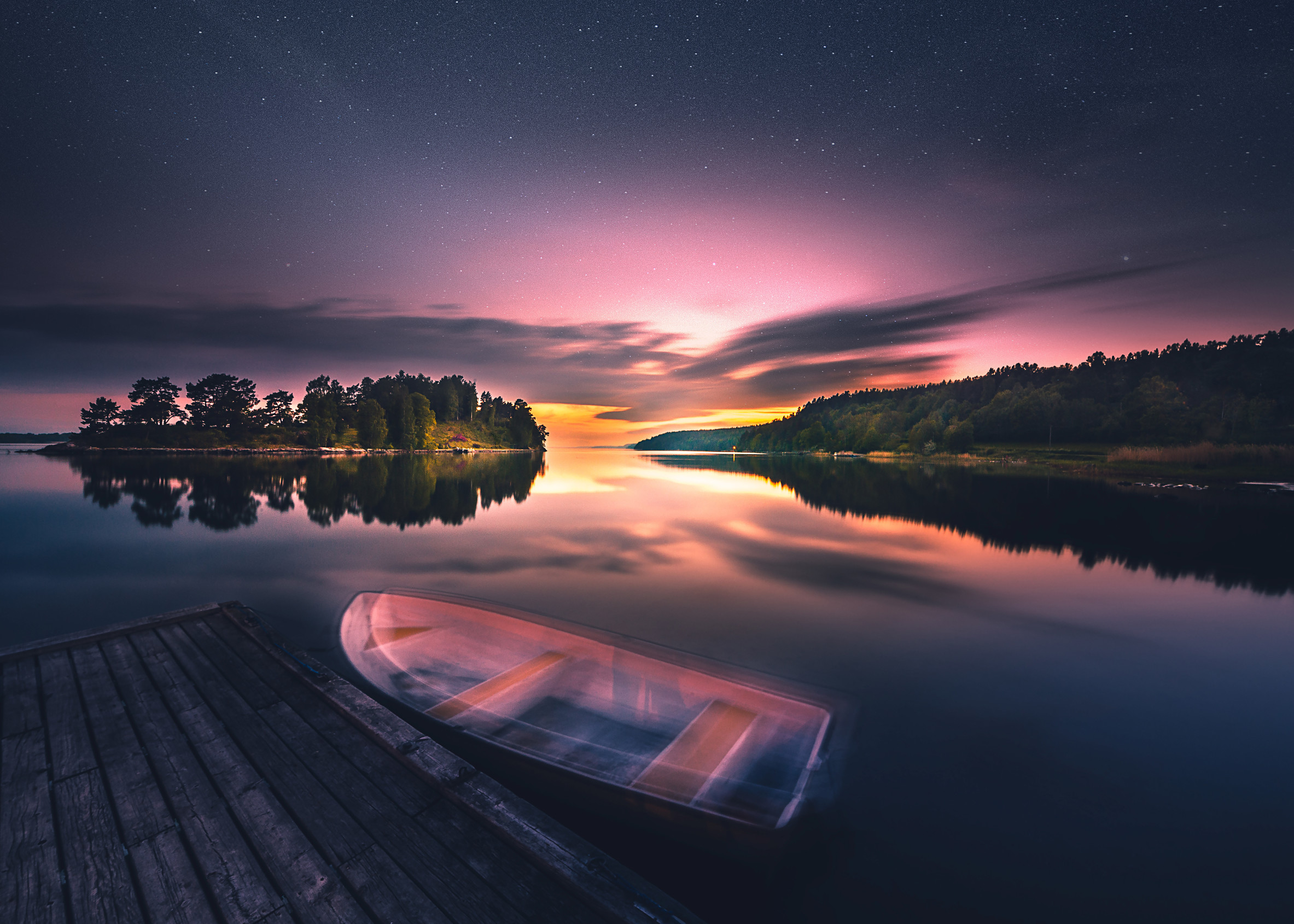
We hope that this article has been useful and will inspire you to try out different lighting techniques that take your photos to the next level. And for those who need some encouragement to begin, check out our photography category.

